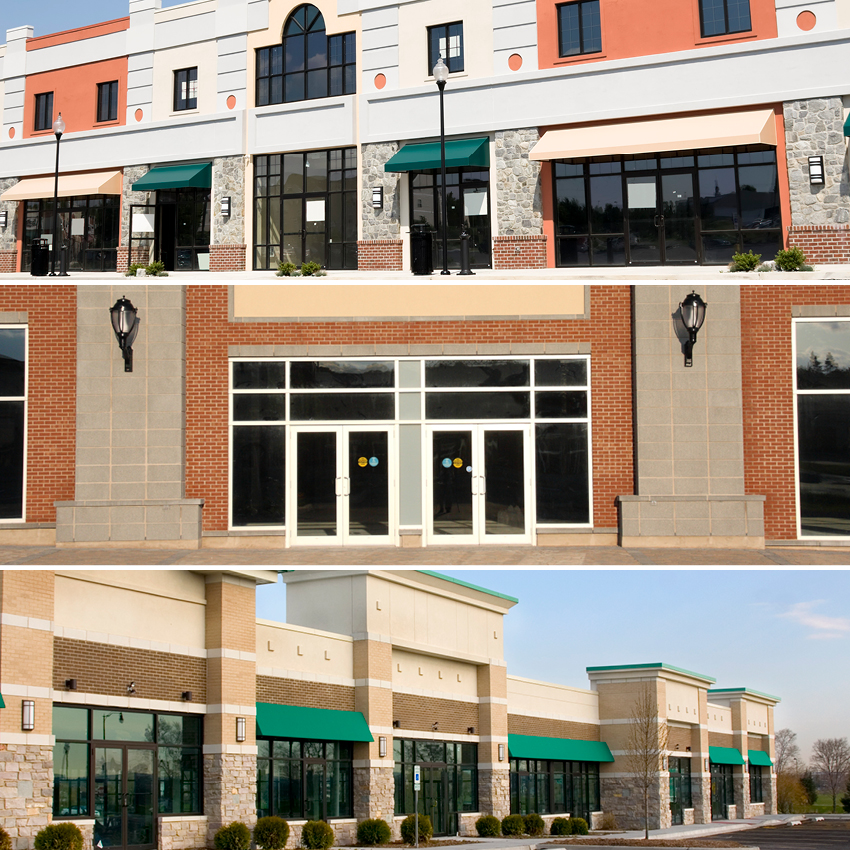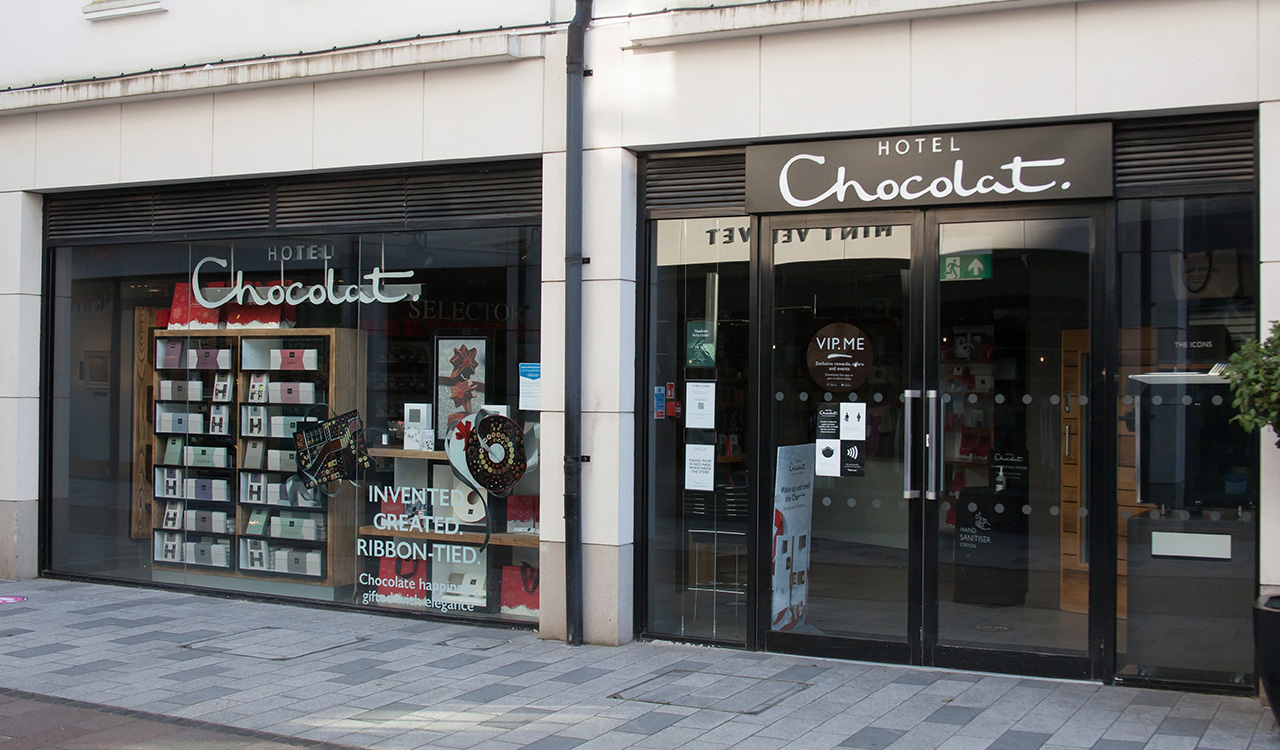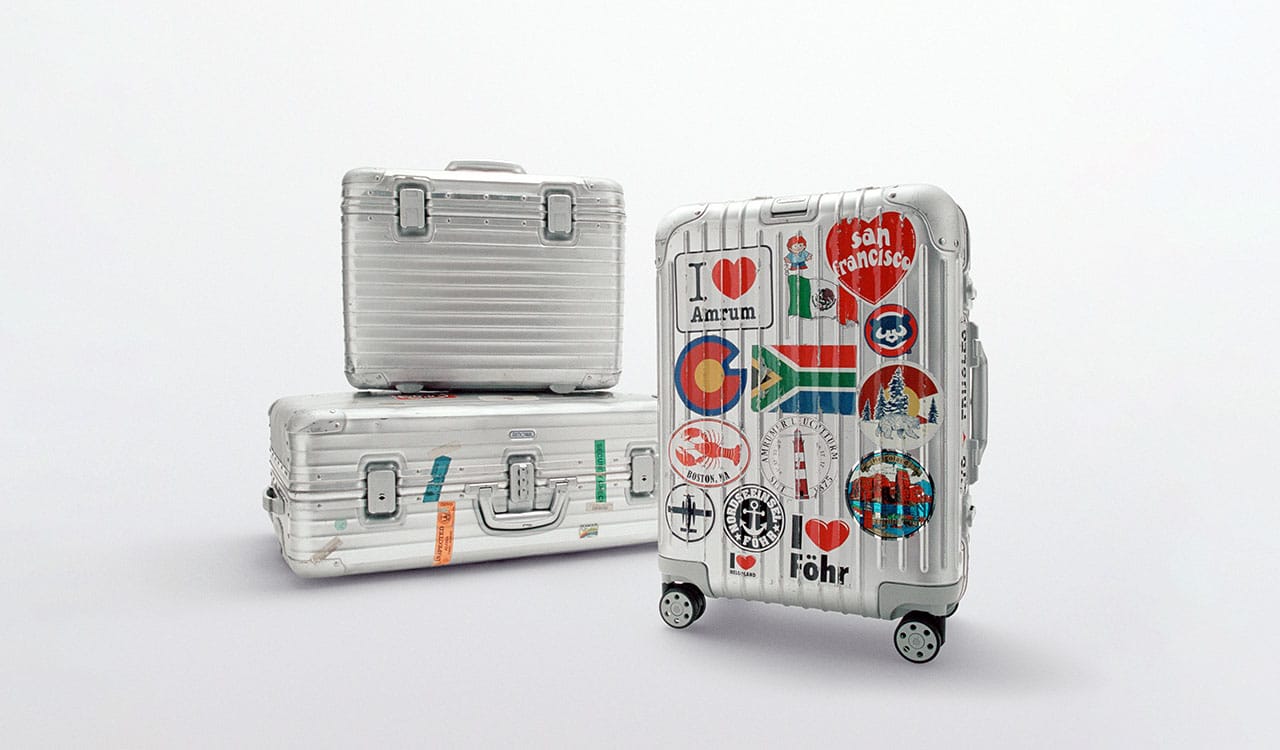The possibility of losing one or more major department stores is looking more and more like a reality as Covid-19 wreaks havoc on these already financially ravaged institutions. Due to changing shopping behaviors and brands going direct to consumer, the result is that a lot of premium real estate will be available.
Down and Out
Just in the time it took to write this article there\’s been a stream of daily announcements.
Macy\’s, J.C Penny, Lord & Taylor, J. Crew, Nordstrom, and Neiman Marcus are all on the edge of bankruptcy.
In the past, both shopping centers and high streets looked to other uses like food halls, movie theaters, bowling alleys and emerging local micro retail concepts like gyms and coffee shops to fill the vacancies – both big and small. The nature of Covid-19 has already highlighted that changes in consumer behavior are likely to disrupt these adaptive uses in the near term.
The good news is one of the many things America will need coming out of the pandemic is space — particularly in the early phase. Until testing is increased exponentially and a vaccine is in place, there will be a new normal. Predictions are we will continue some social distancing and take other precautions for the next 12-18 months. If any one of the retailers at risk doesn\’t survive – let\’s take Macy\’s for example — there could be 839 boxes and 775 locations thrust into an already frayed environment. Is it a real estate developer/leasing person\’s worst nightmare … or is it a wonderful opportunity? Time will tell, but there are a lot of great uses for space end place out there. Here are some major themes that are beginning to appear.
Essential Goods Are Good
If the pandemic has highlighted anything, it\’s that being labeled essential is critical to the fabric of society and communities in crisis. Shopping centers and high streets will look to add at least one essential or daily use store to its mix, and if there is enough real estate available, more than one. Grocery stores, drugstores and urgent care centers will all be in high demand. They drive regular foot traffic. On a square foot basis, they tend to be larger than nonessential retail equivalents, ranging anywhere from 12,000 – 40,000 square feet, and many grocery stores may even begin to get larger footprints.
Mixed Used: Live, Work, Play Will Continue to Grow
Before the pandemic began, mixed use properties were on the upswing and this trend is expected to continue. People who live in the suburbs, but desire a city feel and conveniences, will continue to want access to urbanite retail, entertainment and even co-working opportunities. The co-working model may need a bit of an upgrade – back to the theme of spaced out and partitioned. Private offices, larger conference rooms, wayfinding for foot traffic and heat mapping of employees may become part of the new reality. For those employees who hadn\’t ever worked at home before, they will continue to want to separate their work and home life — even if it\’s only a short distance/walk away.
The New Normal for Health & Wellness
As social distancing continues after the pandemic and morphs itself into the new normal, many health and wellness companies will try to leverage even larger footprints to increase the spaces in between people working out individually and in group classes. Think Planet Fitness square footage, which is 16,000. The good news is for a period, retail rents will go through an adjustment and increased square footage will be obtainable. We haven\’t reached post Covid-19 yet and gyms are being including in Phase 1 openings. However, they will need to look to state and local governments for regulations. Currently, gyms are thinking they will open cardio and strength areas first and then classes at 50 percent. Larger spaces will allow more consumers to get in and take classes that wouldn\’t be able to otherwise. Will the cost per extra square foot be worth the higher class fees?
Food Delivery and Ghost Kitchens
With the increased popularity of food delivery, ghost kitchens are booming. Behind the growth trend comes more virtual brands with a rally of public relations for these brands, their chefs and investors who want to take advantage of the moment. Ghost kitchens can be used to launch an entirely new business or to expand the delivery range for an existing brand. According to a Cowen report, the cost to build a ghost kitchen facility is $3-5M and with that you get 10,000 square feet. This kind of facility houses 12-15 different kitchens and thus 12-15 different tenants, with 650 to 850 square feet per tenant. Industry insiders views them as an experiment; they are controversial as co-tenants for shopping centers because they don\’t drive consumer foot traffic. Co-tenancy models will also be changing, particularly at shopping centers where department stores were considered anchor tenants and served as an incentive for other retailers based on their capacity to drive foot traffic and sales volumes.
Smaller Warehouses
Another trend that was starting before the pandemic and I believe will continue are warehouses/distribution centers (small and large) near urban consumers. E-commerce businesses, some of which are thriving right now, will be pushing for these to speed up deliveries and lower costs. These centers may begin to look and feel like ghost kitchens with a variety of tenants. Warehouses range from 70,000 – 120,000 square feet. and don\’t make for great co-tenants. But co-tenancy models will begin to have less and less value as anchors change at shopping centers.
End Notes
This Plato quote may be cliché, but it certainly rings true, \”necessity is the mother of invention.\” Retail will reinvent itself once again. Other concepts that are just beginning to be implemented by Westfield Unibail and Related include public/private partnerships for parks, performing art centers, museums, art galleries and schools. Imagine ghost kitchens launching brands from virtual to IRL restaurants. These ideas may only scrape the surface. Covid-19 is being considered a catalyst for some of the biggest changes the world will go through. We can look to the other side of it with the birth of big ideas and innovations.




